Situational analysis of pulse production and consumption in India
Encouraging the production and consumption of pulses is in line with the second Sustainable Development Goal’s three-fold objective to end hunger, achieve food security and improved nutrition, and promote sustainable agriculture. This paper discusses the importance of encouraging the production and consumption of pulses, given their nutritional benefits. It gives a situational analysis of the production, consumption and prices of pulses. Further, it describes the various government programmes that have been initiated in India since 2000-01 to increase the production of pulses. This paper undertakes a situational analysis of area, production and yield - state-wise and crop-wise - for 5 major pulses (Bengal gram, red gram, green gram, black gram and lentils), along with that of total pulses, with reference to the time periods in which the various government schemes were launched. It also examines the state-wise growth performance in area, production and yield for these pulses along with an analysis of the share of these pulses in the statistics of total pulses.
view report:
Publication categories:

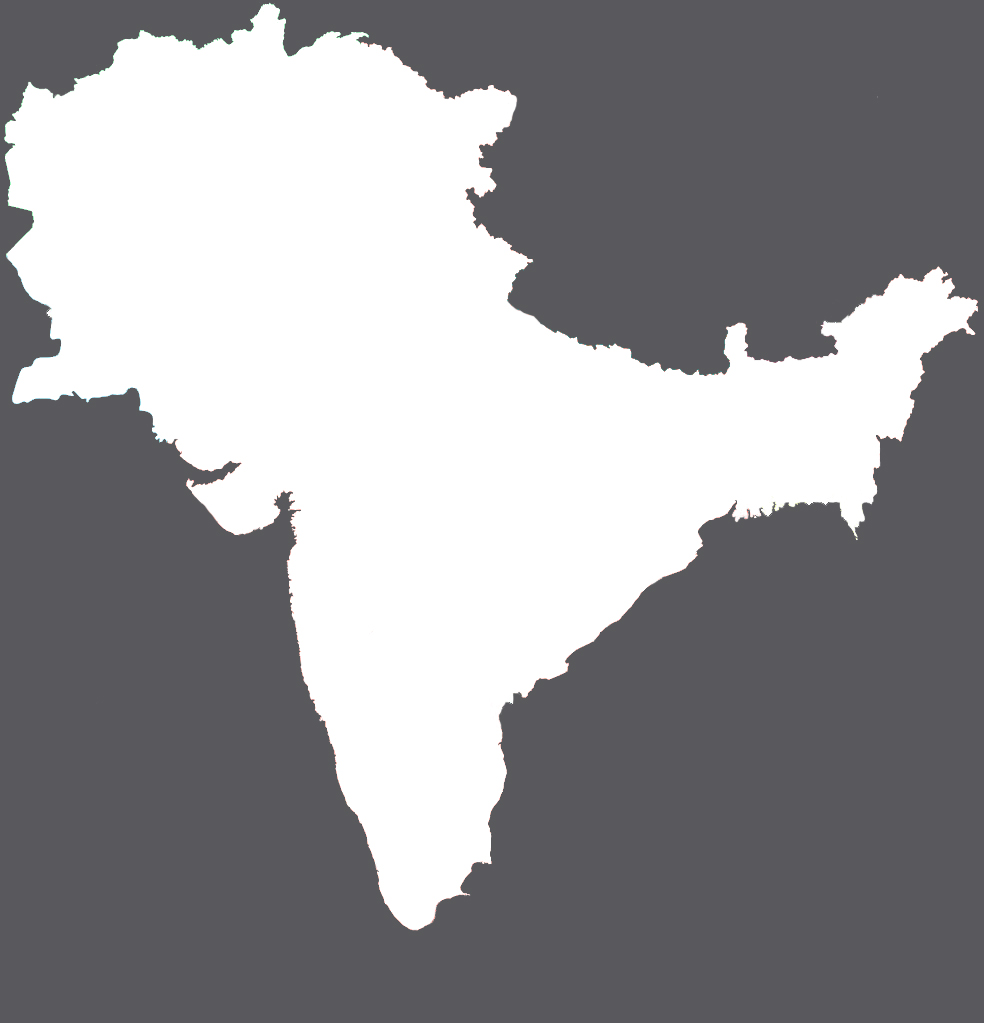
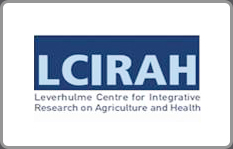
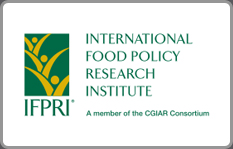
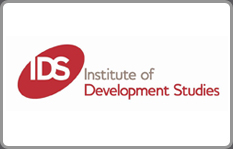


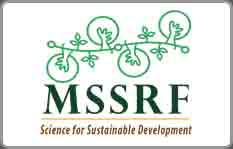
Add new comment